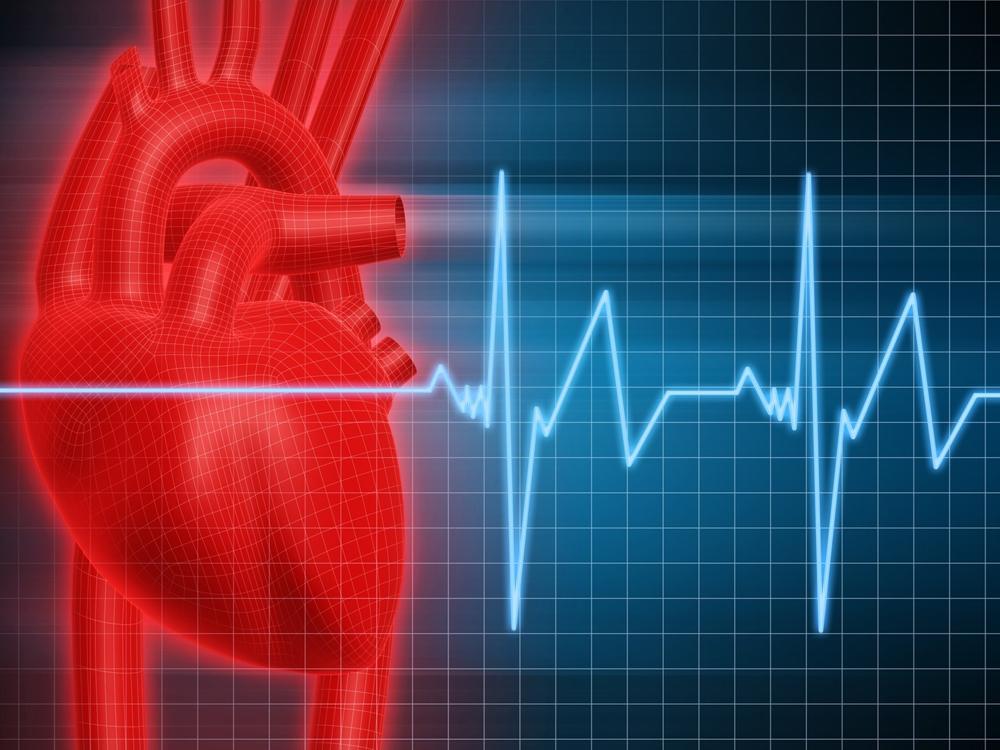Dr Narbeh Melikian, Consultant Cardiologist, describes the paradigm change that has taken place in the delivery of cardiac care.

Total Health asks the UK's top Heart Specialists the following questions:
- Q1: What was it that made you want to specialise in the heart?
- Q2: What is your own area of special interest and why this?
- Q3: The treatment of heart conditions very often requires the integration of skills between the cardiologist and cardiac surgeon. This can be quite confusing for patients so how would you describe/explain this interplay?
- Q4: What in your opinion has been the most important innovation in the treatment of heart conditions?
- Q5: What in your opinion is the single factor that would most improve outcomes for heart conditions?
- Q6: What does the future hold for treating heart conditions?
Q1: What was it that made you want to specialise in the heart?
I have always had a fascination about the heart and as such studied medicine to fulfil this personal ambition. However, it was during my first medical attachment as a student at St Thomas’s Hospital in London that I was completely won over. I was attached to a highly dynamic department with charismatic and supportive consultants who were keen on teaching and training. The principles established during these early years continue to form the basis of my practice today.
From my perspective there are three very important aspects that make cardiology a highly enjoyable speciality.
Foremost, it has the capacity to transform the lives of patients. Modern cardiac treatments can effectively treat life threatening conditions and in the majority of cases allow patients to return to their normal life style. Another very attractive aspect of cardiology is the varying nature of the work, which combines medical, surgical and imaging principles to deliver effective care. In addition, there is a healthy balance between emergency work that deals with life threatening conditions and the treatment of non-emergency out-patient conditions. Furthermore, as a speciality cardiac medicine is highly dependent on cutting edge technology ranging from 3-dimensional ultrasound scans (echocardiogram) and ultra-fast CT scanners to complex pacemakers and stents that utilise the latest techniques in precision manufacturing.
In my view the variable nature of the work and the effectiveness of the treatments make cardiac medicine a highly attractive and exciting field to practice in.
Q2: What is your own area of special interest?
I have large NHS and private practice based in central London encompassing all aspects of general and interventional cardiology.
I regularly treat patients with chest discomfort / pain (including angina and heart attacks), cardiovascular risk factors in particular high blood pressure, breathlessness, palpitations such as atrial fibrillation (AF), heart valve disease and heart failure.
In particular, I have specific expertise in interventional cardiology for which I have an international reputation. I perform over 250 complex angioplasties and 500 diagnostic angiograms every year. This includes primary angioplasty for heart attack patients at King’s College Hospital Heart Attack Centre (HAC) in London. As such I am one of the highest volume interventional operators in the country. Most of my procedures are performed using the radial (wrist) route. In addition, I regularly close PFO and ASDs (“holes in the heart”), especially for young people who have suffered a stroke, and perform renal denervation, which is a novel experimental treatment for severe high blood pressure.
Q3: The treatment of heart conditions very often requires the integration of skills between the cardiologist and cardiac surgeon. This can be quite confusing for patients so how would you describe/explain this interplay?
Cardiologists and cardiac surgeons work very closely with one another with complementary responsibilities.
Patients with a cardiac problem are often first assessed by a cardiologist. The role of the cardiologist is to undertake investigations in order to derive an accurate diagnosis and to recommend a management plan.
In the majority cases patients continue to remain under the care of the cardiologist who will also oversee the treatment of the patient. All scans and minimally invasive procedures such as angiography, angioplasty (including insertion of stents), implantation of pacemakers, ablation procedures to eliminate arrhythmias and echocardiography (ultrasound scanning of the heart) are performed by the cardiologist.
However, a proportion of patients require conventional open surgery for their condition. Having initially assessed the patient to derive a diagnosis the cardiologist will then refer these patients to a cardiac surgeon. Coronary bypass surgery and valve replacement are the two most common operations a cardiac surgeon would perform.
Cardiologists and cardiac surgeons regularly participate in multidisciplinary meetings (MDM) to discuss complex cases and make joint decisions on treatment.
Q4: What in your opinion has been the most important innovation in the treatment of heart conditions?
In my opinion every decade over the past 40 years has seen ground breaking innovations in cardiac care. The excellent outcomes that we all now enjoy are testament to adoption of these novel treatments and techniques.
The 1960s and 1970s heralded major innovations in cardiac surgery and the introduction of the heart-lung bypass machine. As surgical techniques improved increasing numbers of patients could undergo definitive treatment for coronary and valve disease, which in previous decades would have been deemed high risk and experimental.
The 1980s and early 1990s were witness to ground breaking changes in pharmacology. Development of common drugs, such as thrombolytics (“clot busting drugs”), ACE inhibitors and statins, which remain in main stream use today, led to major improvements in survival of patients with common conditions. Up to this point patients with certain conditions such as a heart attack or heart failure had a universally poor outlook.
The 1990s and 2000s saw a major expansion in minimally invasive and interventional techniques. This included the introduction of common procedures that are now regarded as routine such angioplasty, implantation of coronary stents and pacemakers and closure of holes in the heart. Major leaps in precision manufacturing and nano-engineering have been the bed rock of these developments.
Introduction of novel treatments remains unabated in the 2010s. It is now increasingly possible to replace diseased heart valves without the need for conventional surgery (a procedure known as TAVI). Although, currently TAVI is mainly reserved for patients deemed to be too high risk for surgery, ongoing developments in valve design are likely to open the field to all patients in the very near future. In addition, there is ongoing work to develop a curative procedure for severe high blood pressure. The procedure, which is called renal denervation, is in its infancy with very limited availability. However, if successful it will have a revolutionary impact on a major world-wide health problem.
Q5: What in your opinion is the single factor that would most improve outcomes for heart conditions?
Cardiac care is now extremely advanced and as for any developed field of practice outcomes are unlikely to be influenced by a single factor. However, I have outlined below two important areas that are likely to have a significant impact on outcome in the near future.
Q6: What does the future hold?
Over the past few years there has been a paradigm change in delivery of cardiac care in the UK. Concentration of expertise in a small number of large cardiac centres has led to a significant improvement in standards. Such centres are now able to provide 24/7 care, often consultant-delivered, for both minor and major cardiology and cardiac surgical conditions. An exemplar of such a service is the introduction of regional heart attack centres (HACs) for treatment of suspected and true heart attacks across the country. In my view extension of such services to encompass treatment of a greater proportion of cardiac conditions will undoubtedly further raise standards.
The second vital area is the adoption of novel technologies and development of robust clinical research programmes to improve on our current treatments and procedures. In this respect in my view there are two areas which are likely to witness major change in the next 3 to 5 years - namely minimally invasive / non-surgical valve replacement technologies (such as TAVI) and treatment of resistant high blood pressure.






